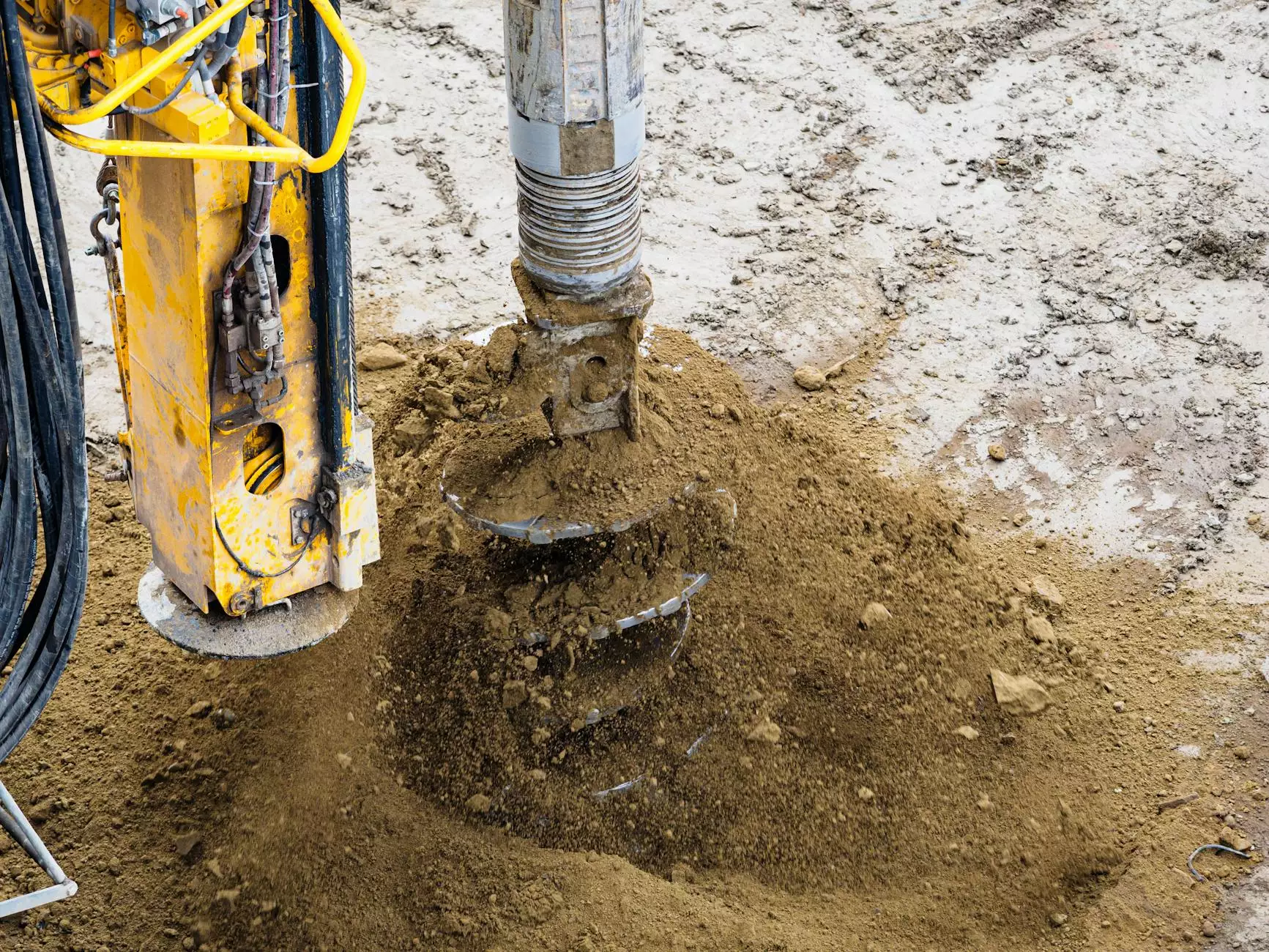Lung Cancer CT Scan: A Comprehensive Guide for Early Detection

Lung cancer remains one of the most prevalent and deadly forms of cancer worldwide. As part of the healthcare community’s ongoing effort to combat this disease, lung cancer CT scans play a crucial role in early detection. This article delves into what a lung cancer CT scan entails, its importance, how it is performed, potential risks, and its role in improving patient outcomes.
Understanding Lung Cancer
Lung cancer primarily arises from the uncontrolled growth of abnormal cells in the lung tissues. It is typically categorized into two main types:
- Non-small cell lung cancer (NSCLC): This is the most common type, accounting for about 85% of all lung cancer cases.
- Small cell lung cancer (SCLC): This type is less common but grows more quickly and is more aggressive.
According to the World Health Organization (WHO), lung cancer is responsible for over 1.8 million deaths annually, making it imperative for potential cases to be identified early through effective screening methods like the lung cancer CT scan.
The Role of Lung Cancer CT Scans in Screening
Computed Tomography (CT) scans are advanced imaging techniques that create detailed cross-sectional images of the lungs. They are especially beneficial for individuals at high risk of developing lung cancer, such as:
- Long-term smokers or those with a significant smoking history
- Individuals with a family history of lung cancer
- People with chronic respiratory diseases, such as chronic obstructive pulmonary disease (COPD)
Regular screening through lung cancer CT scans can lead to earlier diagnosis, which is critical because early-stage lung cancer is often asymptomatic and can be mistaken for other health issues.
Why Choose a Lung Cancer CT Scan?
The lung cancer CT scan is considered superior for several reasons:
- Early Detection: It can identify nodules and tumors that may not be visible on standard chest X-rays.
- Higher Sensitivity: CT scans have a higher sensitivity to detect lung cancer, even in its early stages.
- Guidance for Treatment: CT imaging helps in planning appropriate treatment strategies by providing critical information about the size and location of tumors.
What to Expect During a Lung Cancer CT Scan
Understanding the process can ease the anxiety associated with undergoing a lung cancer CT scan. Here’s a step-by-step overview of what patients can expect:
Preparation for the Scan
- Your healthcare provider may ask you to avoid eating or drinking for a few hours prior to the scan.
- You might be advised to wear loose-fitting clothing and remove any metallic objects such as jewelry that could interfere with the imaging.
During the Scan
The procedure typically lasts between 10 to 30 minutes:
- You will lie down on a motorized table that will slowly move through the CT scanner.
- The scanner will rotate around you, and you will hear some noises as it takes images.
- You will be instructed to hold your breath for a few seconds while the scan is being performed to minimize motion blur.
Post-Scan Expectations
After the scan is completed, you can resume normal activities immediately. The results will generally be available within a few days, and your doctor will discuss them with you during a follow-up appointment.
Benefits of Lung Cancer CT Scans
The benefits of having regular lung cancer CT scans cannot be overstated:
- Improved Survival Rates: Early detection through screening correlates with a higher probability of survival.
- Non-Invasive Procedure: The scan is quick, painless, and presents minimal risks compared to surgical procedures.
- Comprehensive Imaging: CT scans provide detailed images, allowing healthcare providers to make informed decisions about your health care.
Potential Risks and Considerations
While CT scans are quite safe, it is essential to be aware of some potential risks:
- Radiation Exposure: CT scans expose patients to higher levels of radiation than conventional X-rays, which may pose a risk if scans are performed too frequently.
- False Positives: Sometimes, the scan may detect abnormalities that are not cancerous, leading to unnecessary anxiety and further testing.
- Contrast Reactions: If a contrast dye is used during the scan, some patients may experience allergic reactions or side effects.
Patients should discuss these risks thoroughly with their healthcare providers to determine the appropriateness of screening based on their individual health profiles.
Insurance and Coverage for Lung Cancer CT Scans
Coverage for lung cancer CT scans can vary significantly among insurance plans. It is advisable to check with your insurance provider regarding specific coverage for lung cancer screening, especially if it’s recommended as part of a routine examination or as a high-risk precaution. Major health organizations recommend annual lung cancer screening for high-risk individuals, which may be covered by insurance under preventive care provisions.
Conclusion: The Importance of Early Detection
In conclusion, lung cancer CT scans are an invaluable tool in the fight against one of the most lethal forms of cancer. Early detection can significantly influence treatment outcomes and survival rates, making it an essential service for at-risk populations. At Hellophysio (hellophysio.sg), we are committed to promoting health and wellness through preventive measures and education about important health screenings like the lung cancer CT scan.
Regular check-ups and discussions with healthcare professionals about the need for lung cancer screening can help ensure that any potential health issues are identified early, giving patients the best possible chance for a favorable outcome. Empower your health journey by understanding the risks, benefits, and importance of early detection through lung cancer CT scans.









